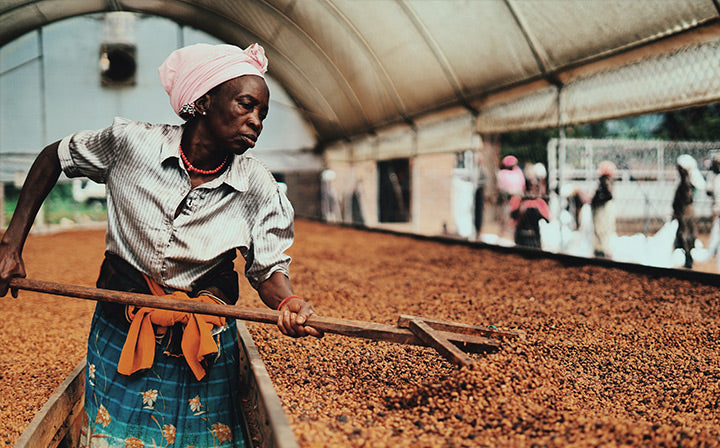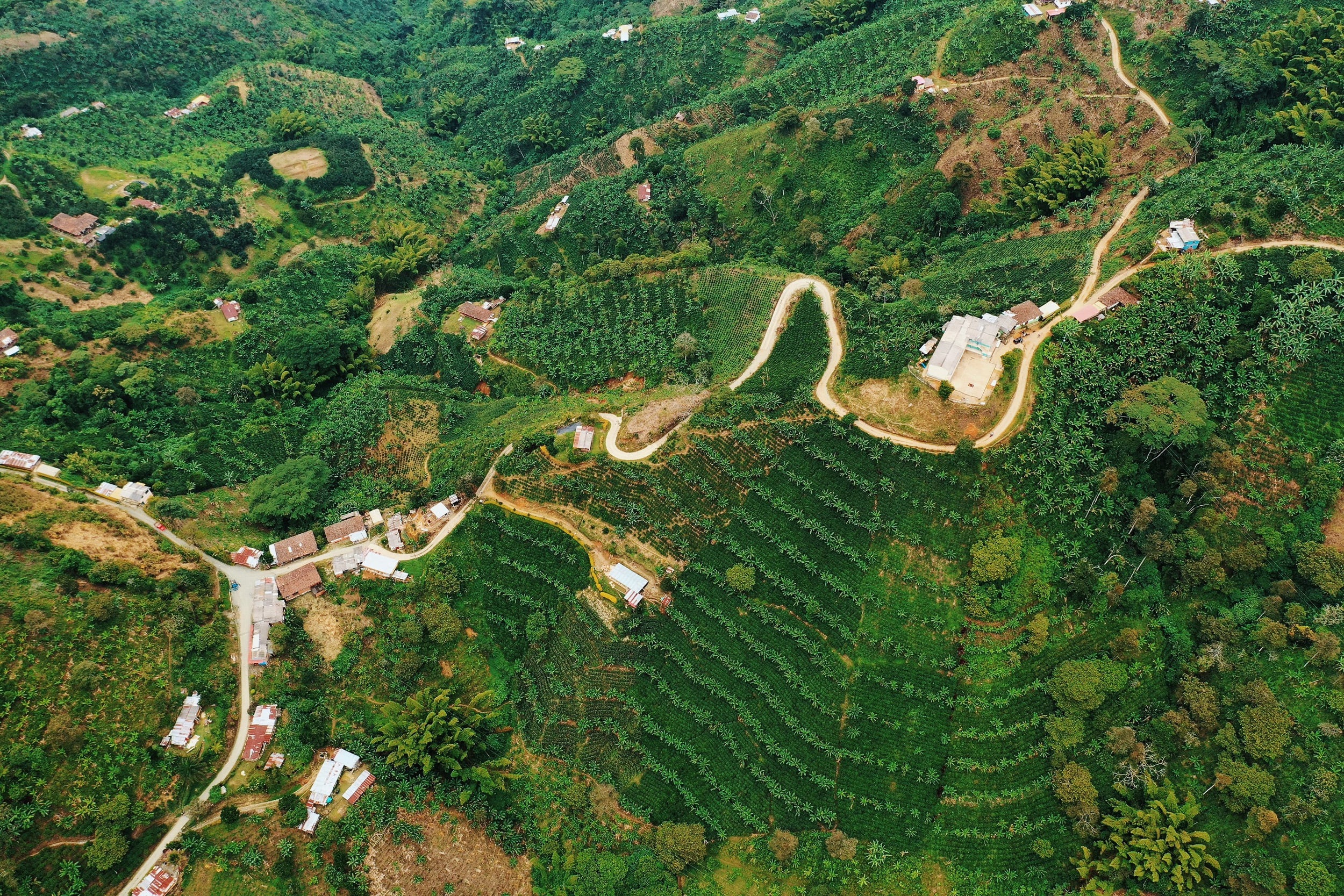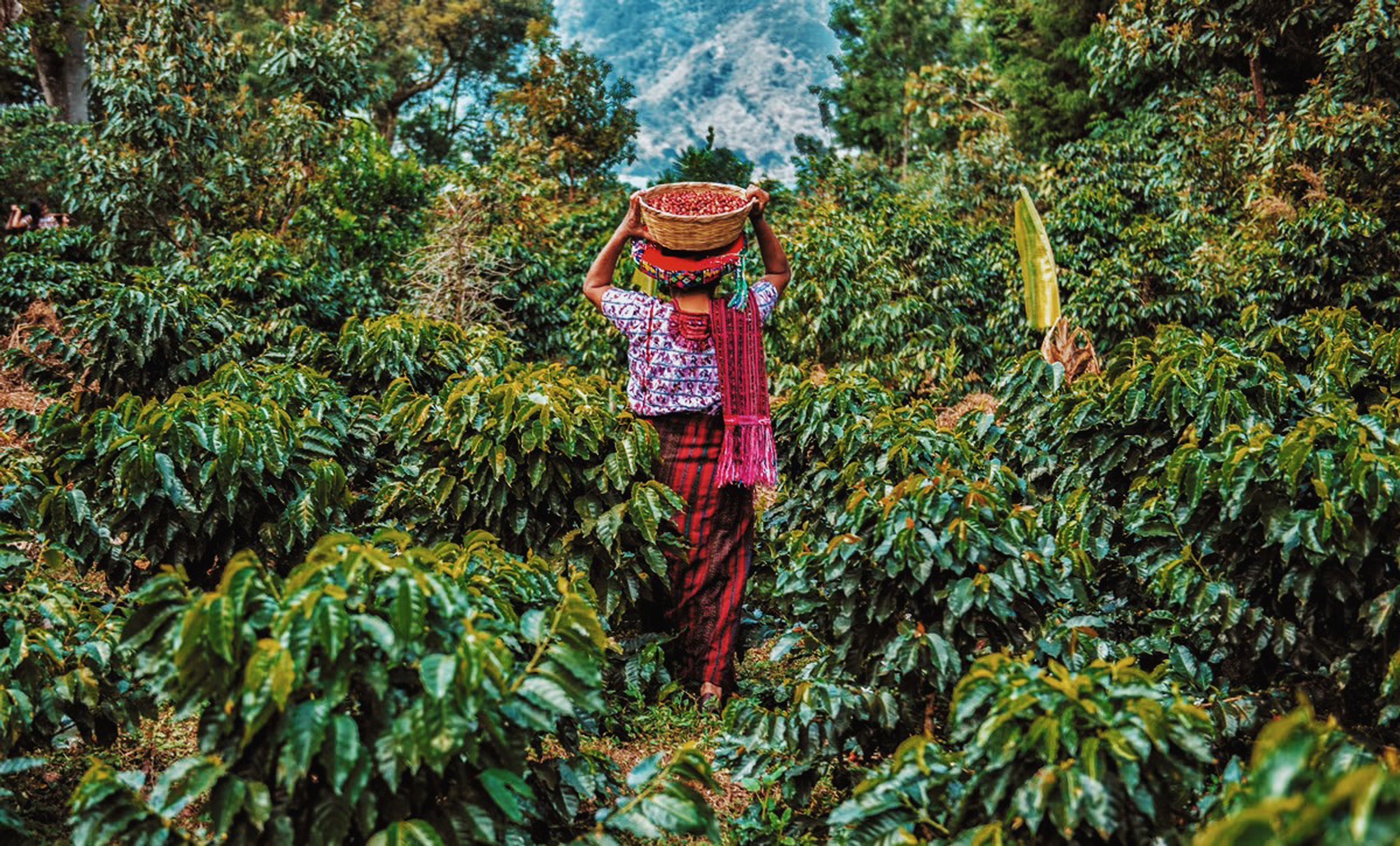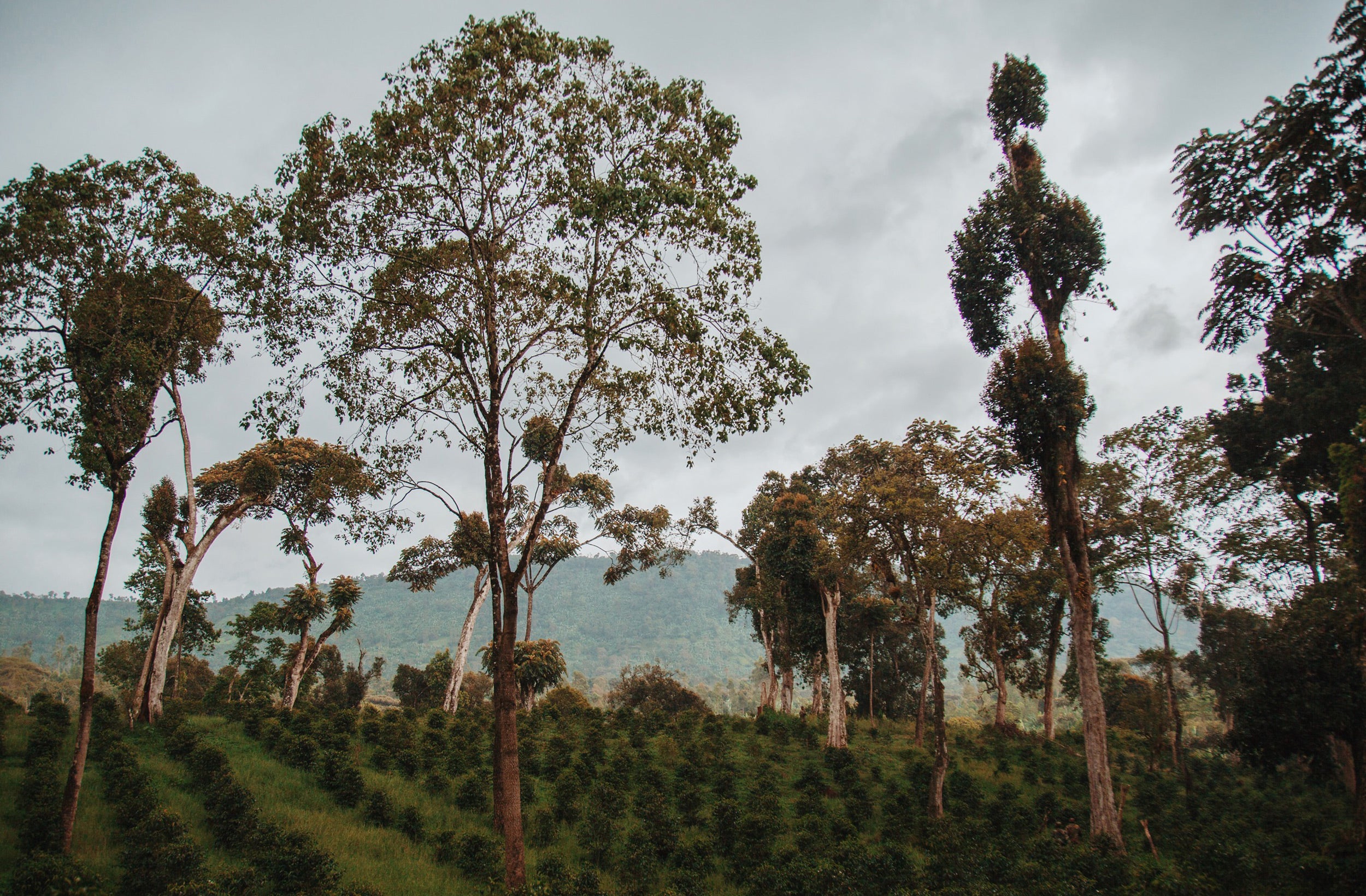A World Of Coffee
Coffee is strongly influenced by the country of origin it's grown in. Discover the unique varieties and characteristics of each coffee region and the history behind its origin.
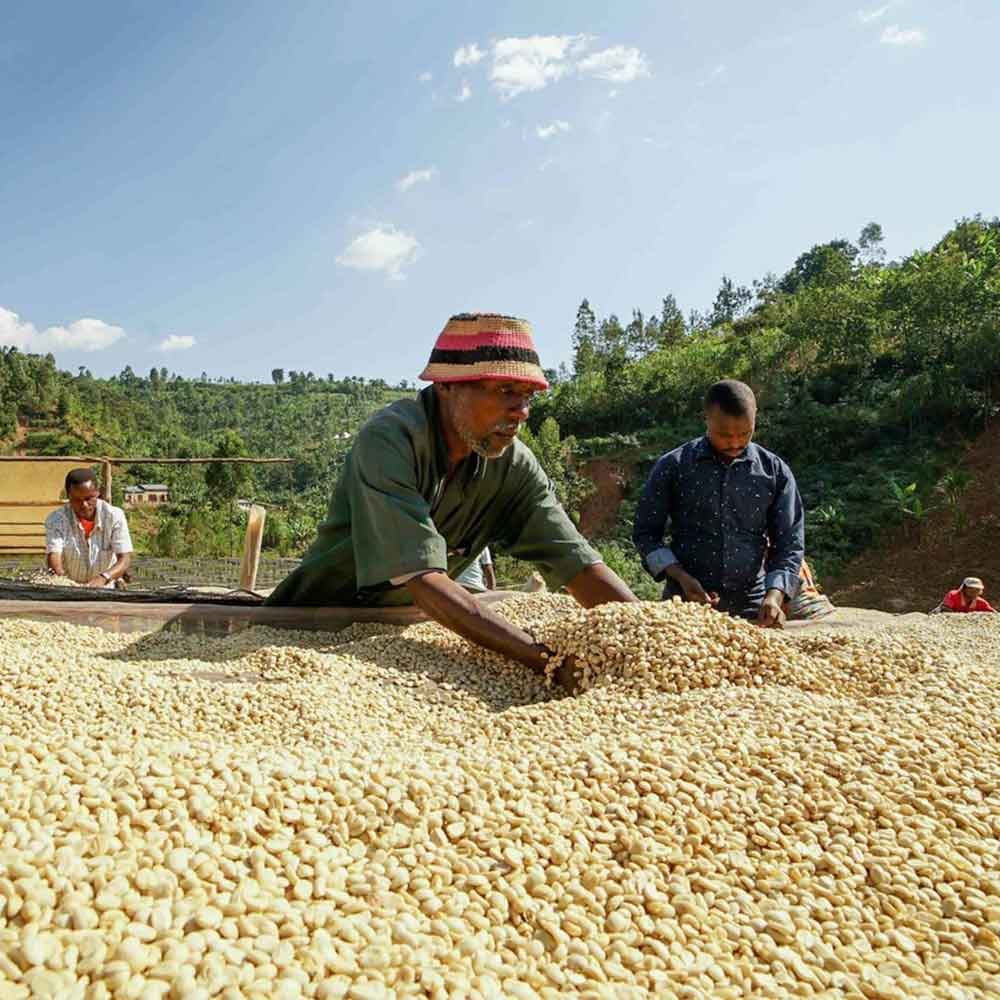
Brazil
Brazil is South America’s most influential and economically powerful country, and one of the world’s largest economies. It also produces over a third of the world’s coffee, with over 5 million people in the country employed in the cultivation or harvest of over 3 billion coffee plants.
Coffee was introduced to Brazil in 1720 in the southern state of Paraná and has since become the powerhouse of the coffee world.
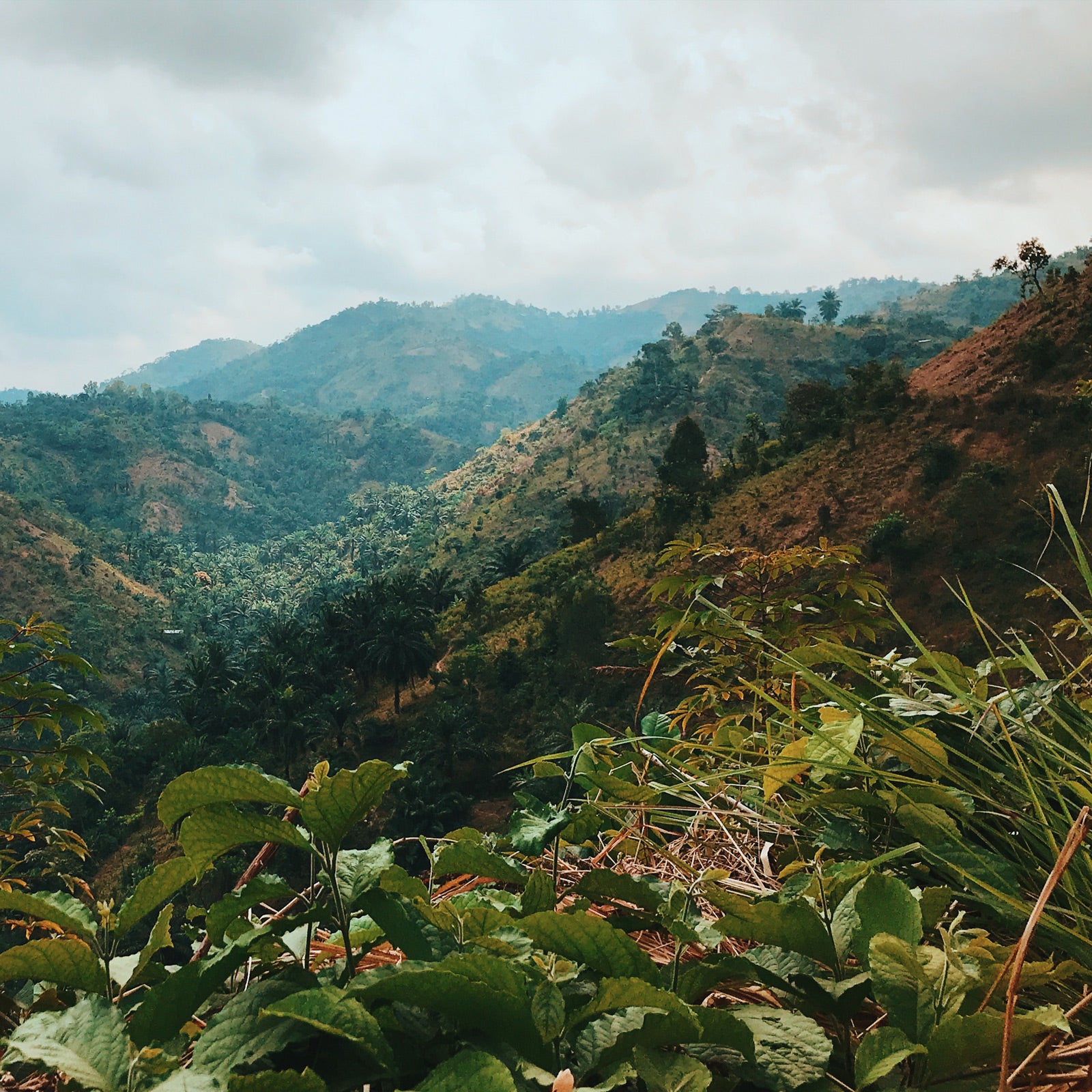
Burundi
Coffee production has been something of a rollercoaster in Burundi. with wild ups and downs During the country’s time as a Belgian colony, coffee was a cash crop, with exports mainly going back to Europe or to feed the demand for coffee by Europeans in other colonies.
After the civil war–torn 1990s and the nearly total devastation of the country’s economy, coffee slowly emerged as a possible means to recover the agrarian sector and increase foreign exchange.
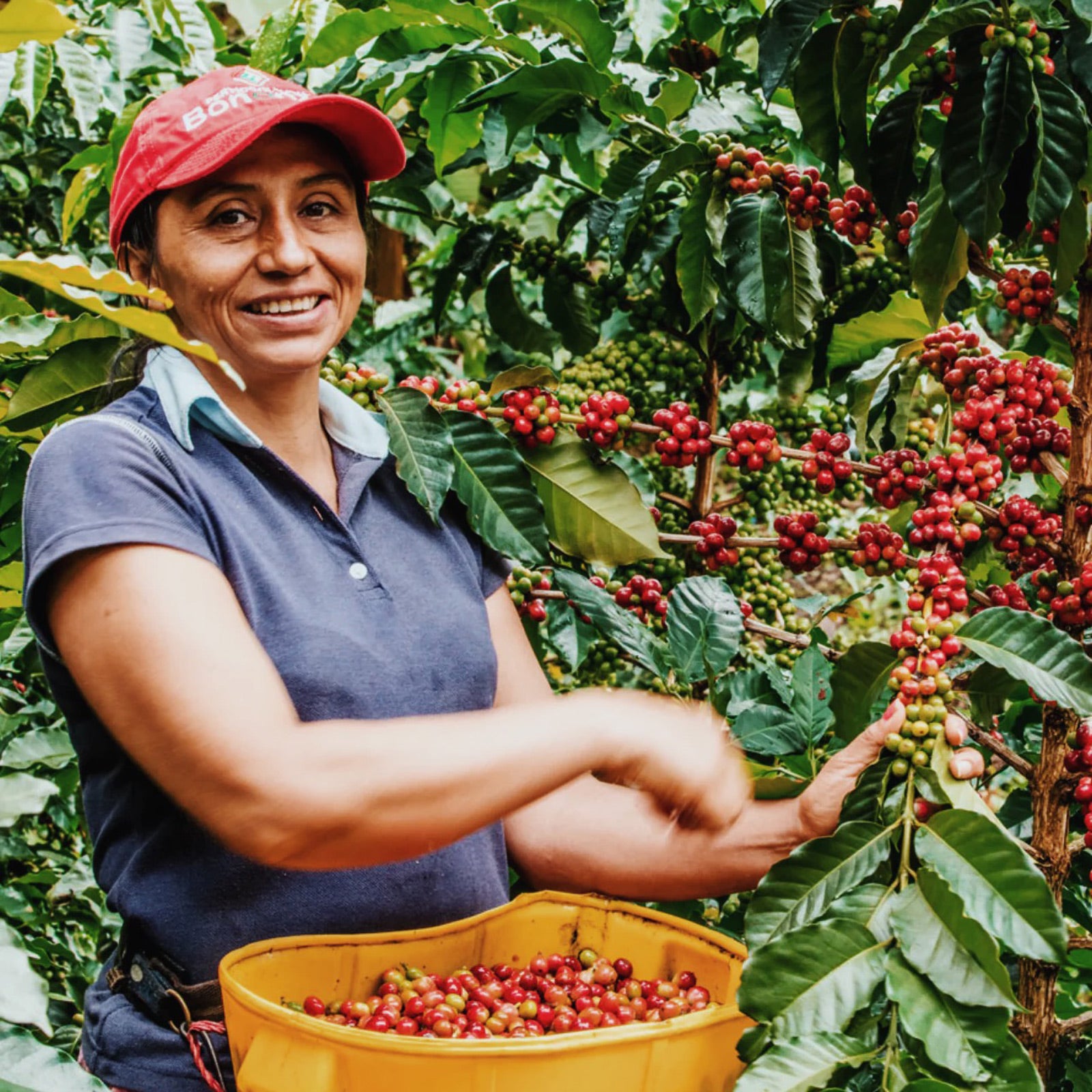
Colombia
Colombia is the third largest producer of coffee in the world after Brazil and Vietnam, though it holds the crown for being the largest producer of washed Arabica. The coffee producing areas lie among the foothills of the Andes and the Sierra Nevada, where the climate is temperate with adequate rainfall.
The first exports of coffee from Colombia began in 1835 when around 2,500 bags were exported to the U.S. by 1875, there were approximately 170,000 bags leaving the country bound for the U.S. and Europe.
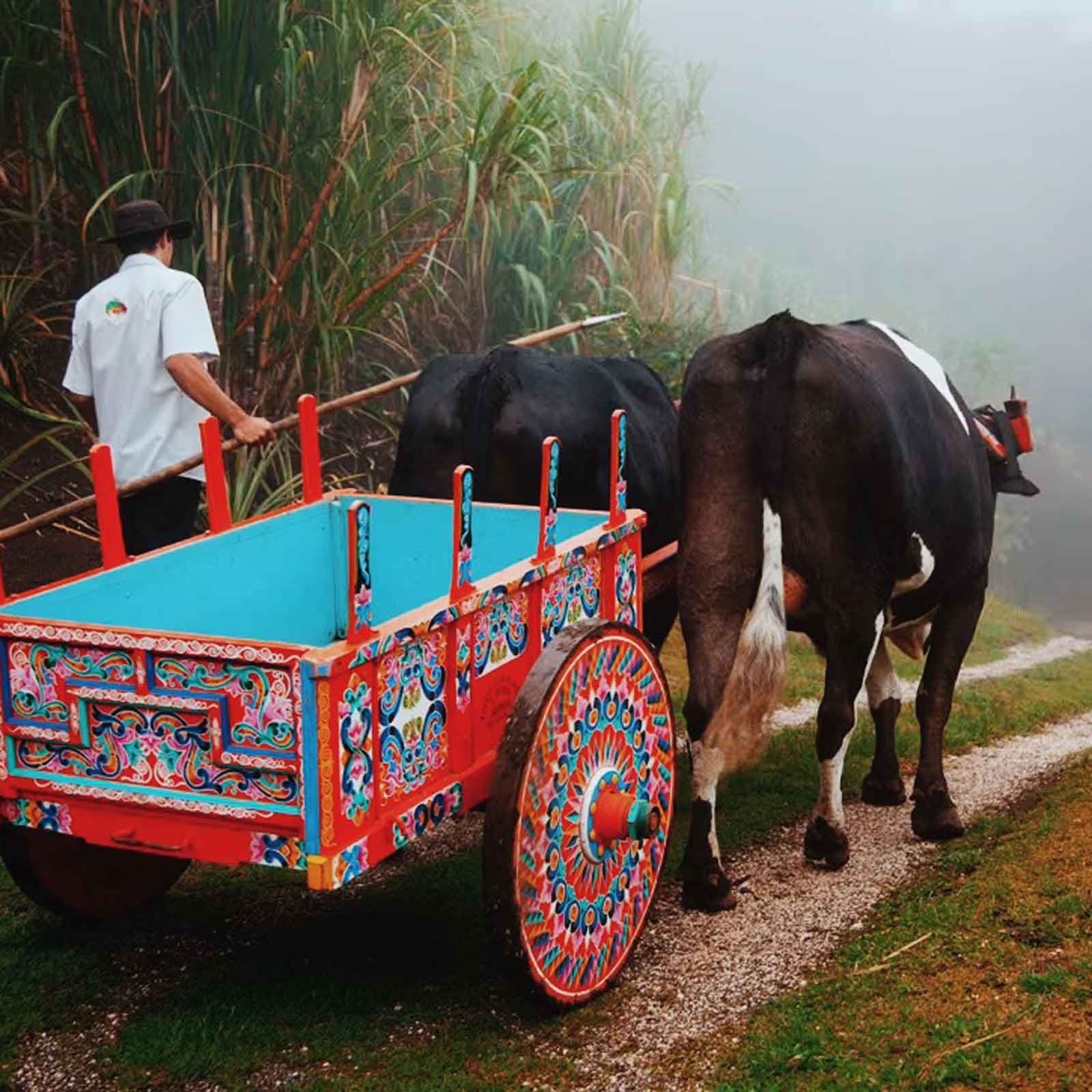
Costa Rica
Costa Rica is nestled in the heart of Central America, and is as diverse as it is beautiful. This little country has it all, from mountains and volcanoes to rainforests that buzz with life and coastlines with great beaches and surf.
Costa Rica has become a boutique origin producing value-added coffees through experimental processing. No other origin we work in produces the diversity and quality of processing methods like Costa Rica.
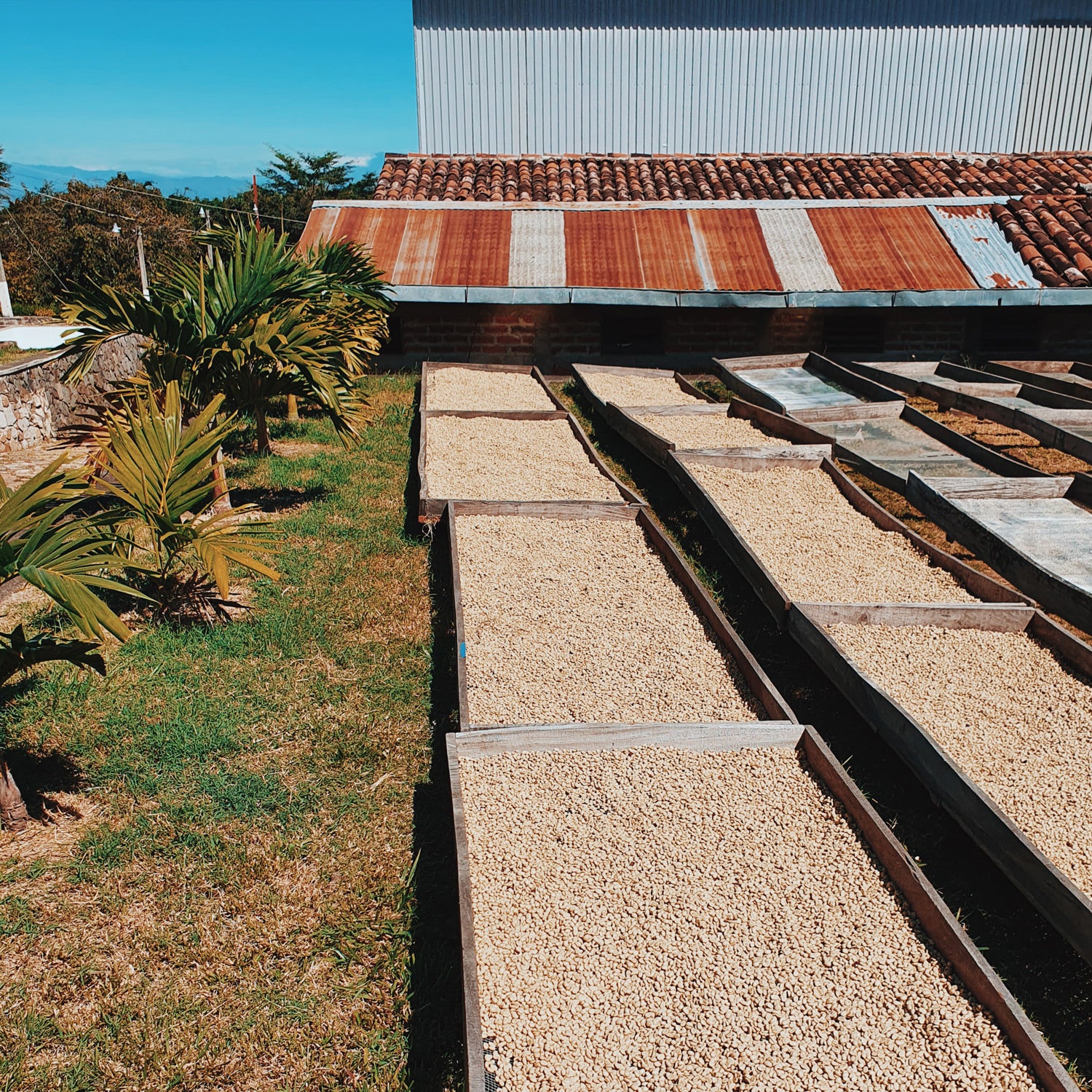
El Salvador
In Central America, El Salvador has the nickname ‘Pulgarcito’, which means ‘little thumb’, a reference to the diminutive size of this coffee producing nation. But packed into this little country there are some of the best farms in the whole of Latin America, and many of the coffees El Salvador produces are capable of scoring very highly on the cupping table.
This is a land of volcanoes, many of them active, so the soil is rich and fertile whilst the views are strikingly beautiful and always dramatic.
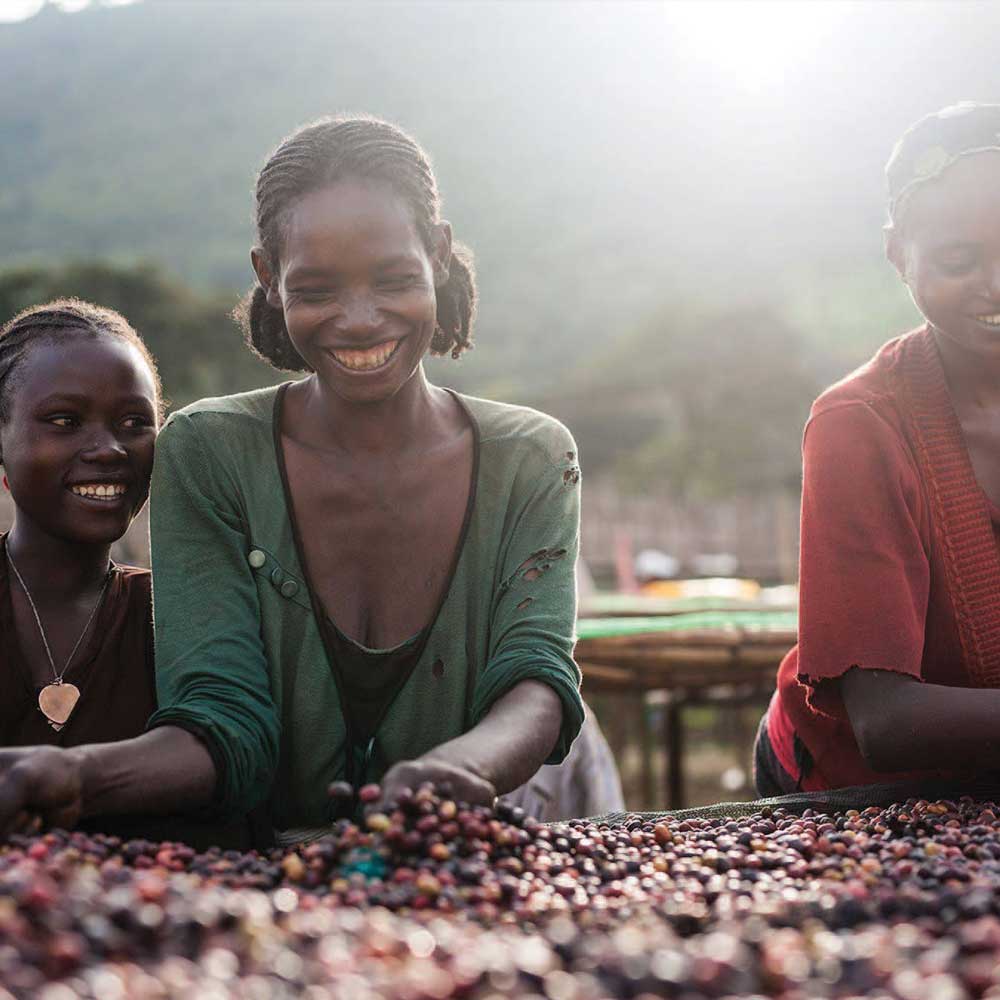
Ethiopa
Whilst several nations lay claim to ownership over coffee’s origin, most notably Sudan and Yemen, it is widely accepted that Ethiopia is the natural birthplace of coffee. Generally speaking, it is the town of Kaffa, from which coffee derives its name, that is attributed to the discovery of coffee, which still grows wild in the area’s mountain forests. Research suggests that coffee was originally consumed as a foodstuff—ground raw and blended with animal fats—before the advent of roasting the beans over the fire in skillets and brewing with water.
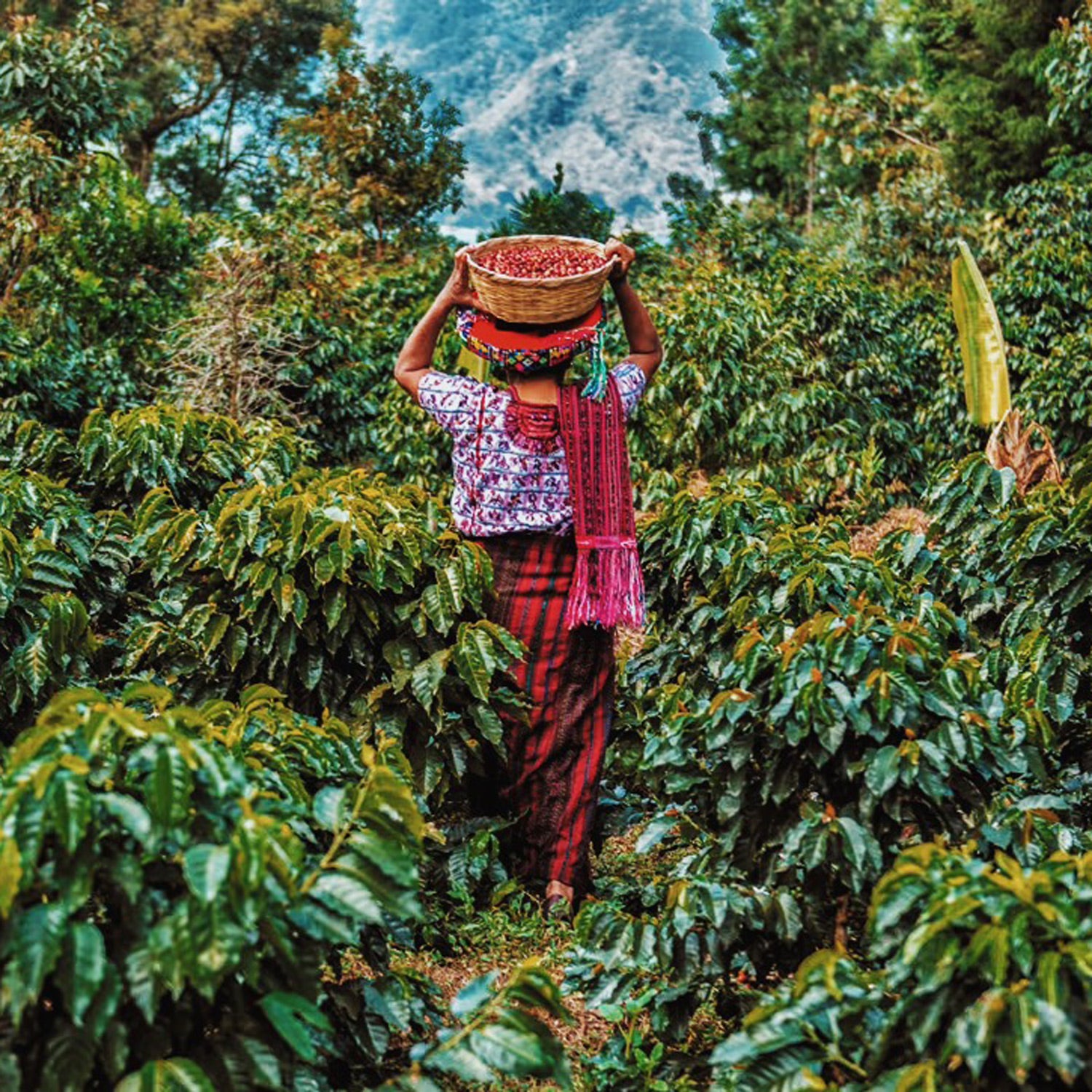
Guatemala
Guatemala produces the highest percentage of classified, high quality coffee by volume in the world. The coffee association of Guatemala, Anacafe, has been instrumental in the improvement of picking, processing and quality standards, with excellent information and resources available for farmers and a traceability database for buyers to connect with producers.
Most of Guatemala’s coffee farms can be found on the coastal slopes in the central and southern regions of the country, where altitudes range from 700 – 2000 masl.
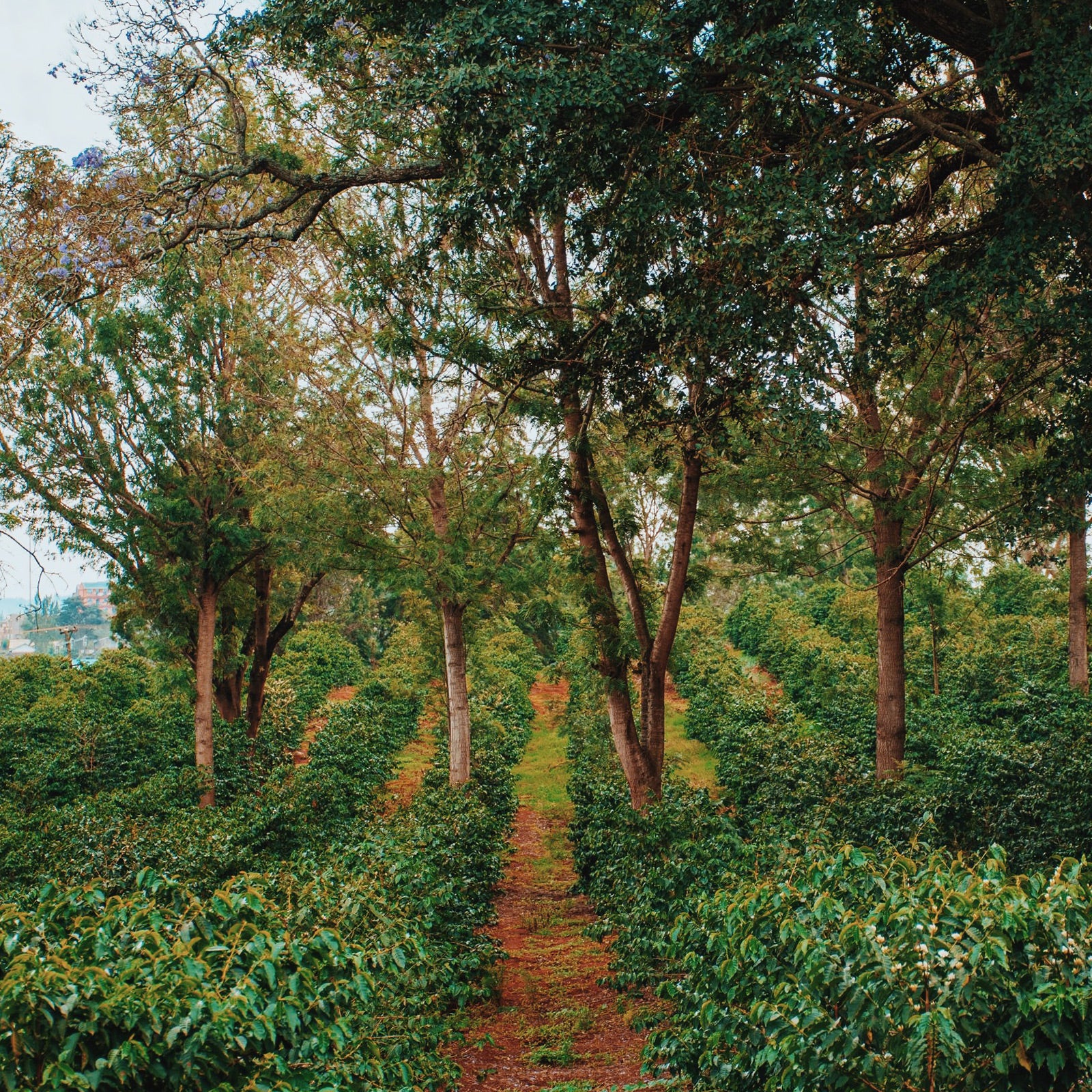
Kenya
Situated on the equator on Africa’s east coast, Kenya has been described as 'the cradle of humanity' due to the fact that in the Great Rift Valley, palaeontologists have discovered some of the earliest evidence of man’s ancestors.
Coffee was introduced to Kenya by French Missionaries, with seeds from Reunion Island in the 19th century. Despite its proximity to Ethiopia, the birthplace of coffee, documents suggest that its introduction to Kenya wasn’t until around 1893, with the first crop of coffee yielding in 1896.
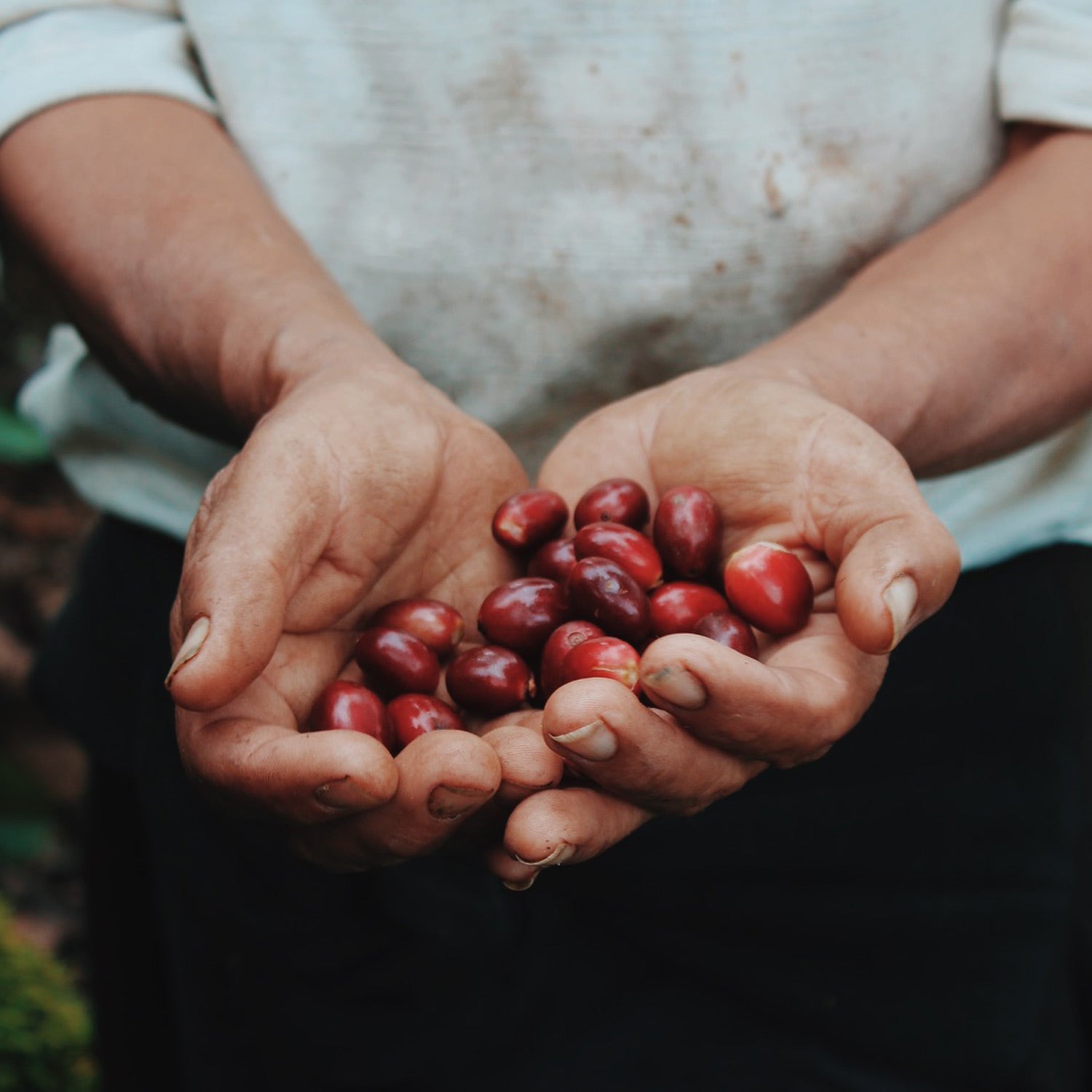
Peru
Peru is the ninth largest coffee producer in the world, and the third largest in South America. Most of Peru’s coffee farms are less than 2 – 3 hectares in size, and spread across three main growing areas—these are usually defined as North (Amazonas, Cajamarca, San Martin), Central (Junin) and South (Cusco, Ayacucho and Puno). These regions all lie on the eastern slopes of the Andes, where they benefit most from elevation and favourable climatic conditions at altitudes between 900 – 1800 masl.
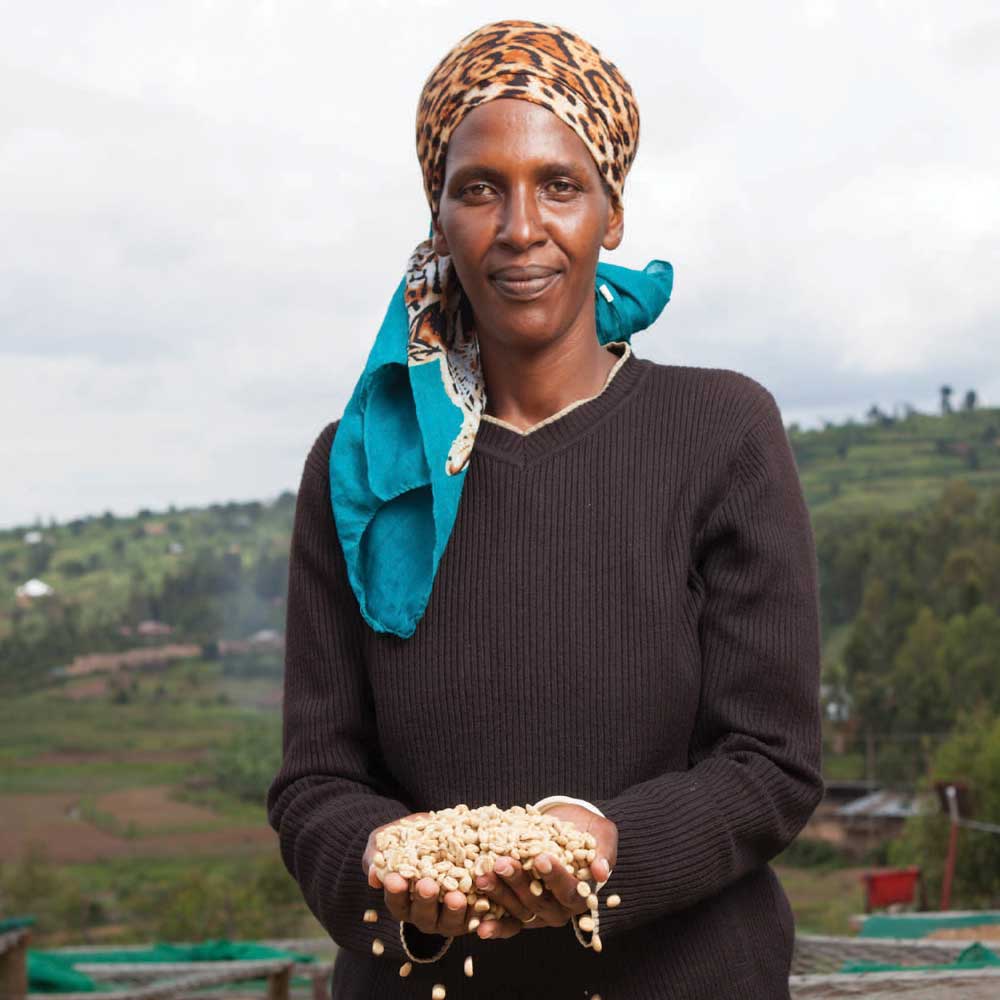
Rwanda
Coffee was introduced to Rwanda in 1903 by German missionaries. However, the impact of the world coffee crisis in the late 1990s, when prices fell for several years below the cost of production, caused many Rwandan coffee farmers to rethink their position. Working hand in hand with the Rwandan Coffee Board (OCIR Café), international NGOs such as USAID, the Gates Foundation, and other coffee-focused organisations, a specialty coffee sector was created in the early 2000s.
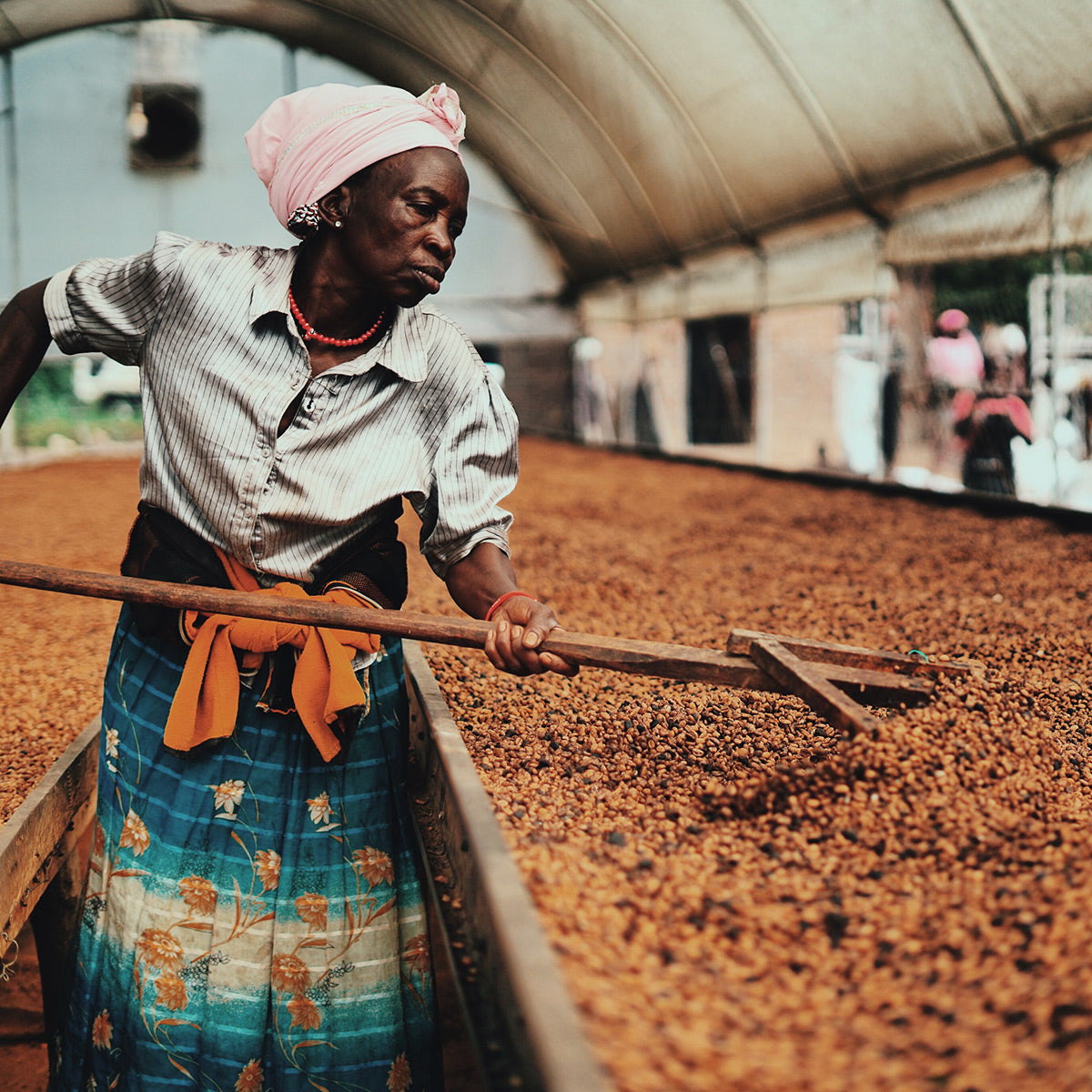
Uganda
Coffee makes up 95% of Uganda’s yearly national exports, providing a livelihood for an estimated 20% of the population. Uganda is one of the world’s largest Robusta producers but in recent years has revolutionised its specialty offering with a boom in arabica coffee growing in the Rwenzori and Mount Elgon Regions. Robusta is indigenous to Uganda, and the country is home to one of the world’s oldest varieties of wild growing coffee plants, found in the country’s rainforests.
Here To Help
Ask one of our academy experts any Origin related questions. We are here to help!








